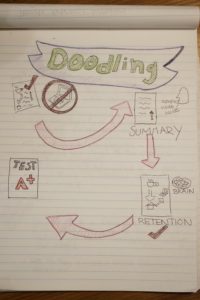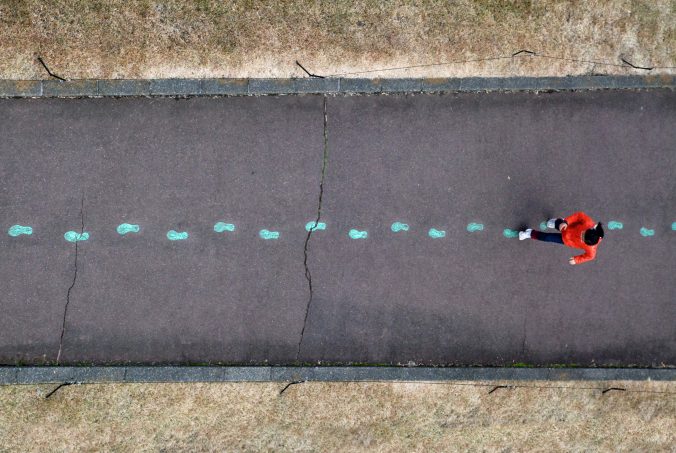Before this class, I had never heard of doodle notes, but wow I’m sold. Since I am someone with a learning disability, I have found this way of taking notes beneficial. I found it a relaxing process to draw the notes and it also required me to critically think and summarize the information. I think this way of note-taking could be very beneficial to students in any subject. Doodle notes have been shown to help students with ADHD focus in class, as it gives them an outlet for creativity (“Boosting Focus Through Doodling,” 2019; Sara, n.d.). Teachers have addressed the benefits of doodle notes for students with retention difficulties or physical disabilities (Sara, n.d.). Doodle note-taking helps with students’ retention as it associates words and images together, also known as a mnemonic. This type of note-taking gets students to take notes by writing instead of typing on a computer (Gammill, 2016). This also helps increase students’ retention as writing notes by hand has been shown to help students retain information for longer (Gammill, 2016). Although there are many benefits to doodle note-taking, I would argue that for some students, such as myself, re-scribing your hand-written notes from class into doodle notes might be easier and help retain information more than creating the doodle notes during a lecture. This is because it might take students a while to be able to process and summarize the information. Also, by doing doodle notes after the lecture, students are seeing the notes twice and therefore reinforcing it.
Here is a photo of my doodle note from class:

References:
Boosting Focus Through Doodling. (2019). Math Giraffe. Retrieved from https://www.mathgiraffe.com/blog/a-better-solution-for-helping-students-with-adhd
Gammill, D. (2016). The Benefits of Using Doodling and Sketchnotes in the Classroom. Edcuation Week Teacher. Retrieved from https://www.edweek.org/tm/articles/2016/01/04/the-benefits-of-using-doodling-and-sketchnotes.html
Sara. (n.d.). Doodle, Hear from teachers who are using the Classrooms, strategy each day in their own. In the Classroom. Retrieved from https://www.doodlenotes.org/in-the-classroom.html









Recent Comments